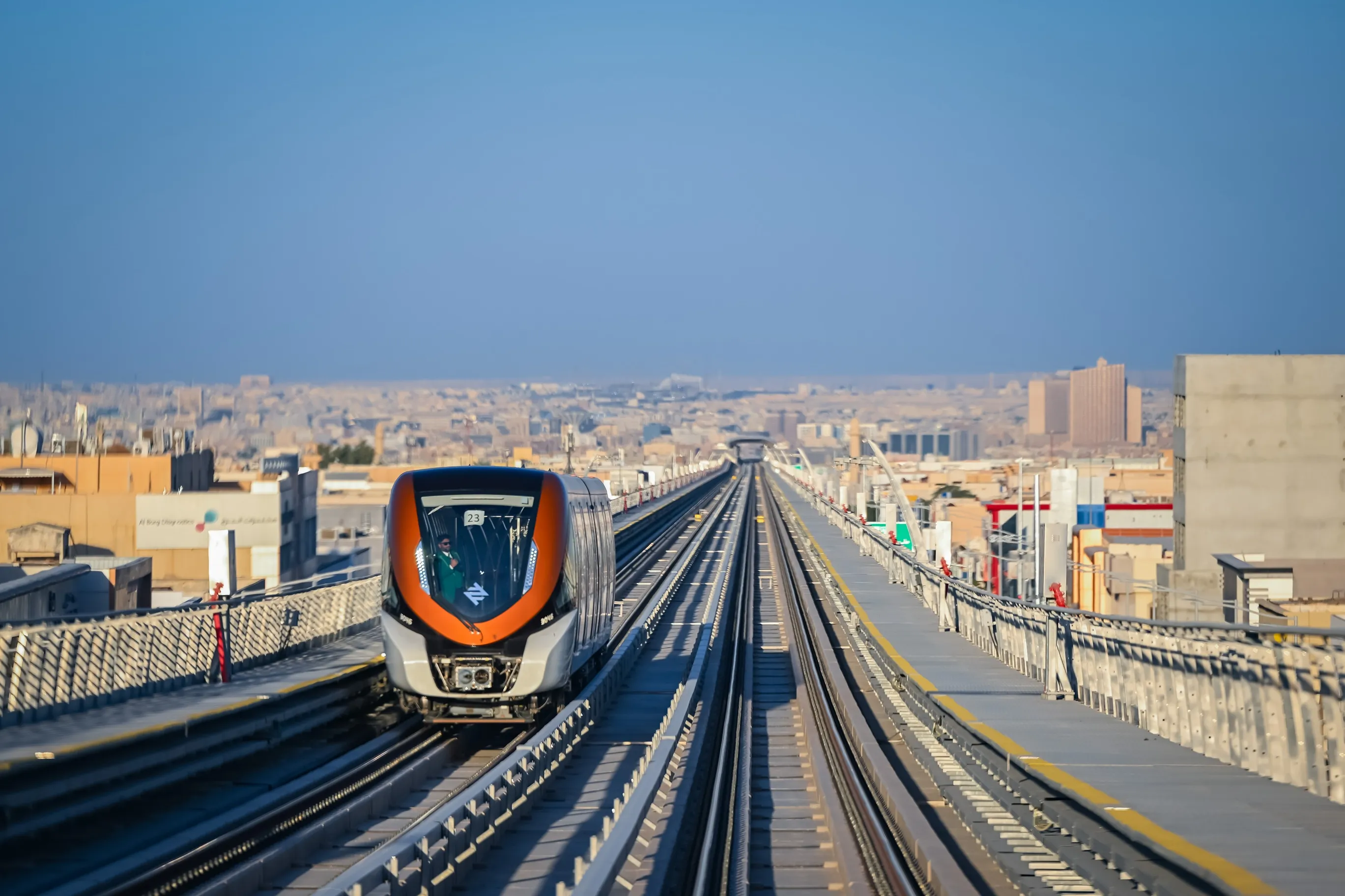The construction industry in Singapore is expected to expand over the forecast period (2015–2019), supported by government investments in transport infrastructure, finds a report by Timetric’s Construction Intelligence Center (CIC).
While addressing the housing needs for the middle class population and focusing on developing renewable energy sources, the government also aims to improve transport and tourism infrastructure through projects such as the MRT Masterplan–Cross Island Line, the MRT Masterplan–
January 11, 2016
Read time: 2 mins
The construction industry in Singapore is expected to expand over the forecast period (2015–2019), supported by government investments in transport infrastructure, finds a report by Timetric’s Construction Intelligence Center (CIC).
While addressing the housing needs for the middle class population and focusing on developing renewable energy sources, the government also aims to improve transport and tourism infrastructure through projects such as the MRT Masterplan–Cross Island Line, the MRT Masterplan–Downtown Line and the Tuas West Extension. Accordingly, the government plans to issue contracts worth US$20.5 to US$29.2 billion annually for infrastructure development projects until 2019.
In real terms, the industry’s output value rose at a compound annual growth rate (CAGR) of 6.39% during the review period (2010–2014). The pace of growth is expected to decelerate, however, to 2.48% over the next five years due to weakening economic growth. Timetric anticipates the industry’s output value to increase slightly in real terms, going from US$27.8 billion in 2014 to US$31.4 billion in 2019, measured at constant 2010 US dollar exchange rates.
Residential construction was the largest market in Singapore’s construction industry during the review period, accounting for 38.5% of the industry’s total value in 2014, and the market is expected to maintain its position over the forecast period. According to the United Nations Department of Economics and Social Affairs (UNDESA), the country’s population is expected to increase from 5.5 million in 2013 to 6.3 million by 2025, resulting in an increased demand for residential houses - a trend which will aid the market.
While addressing the housing needs for the middle class population and focusing on developing renewable energy sources, the government also aims to improve transport and tourism infrastructure through projects such as the MRT Masterplan–Cross Island Line, the MRT Masterplan–Downtown Line and the Tuas West Extension. Accordingly, the government plans to issue contracts worth US$20.5 to US$29.2 billion annually for infrastructure development projects until 2019.
In real terms, the industry’s output value rose at a compound annual growth rate (CAGR) of 6.39% during the review period (2010–2014). The pace of growth is expected to decelerate, however, to 2.48% over the next five years due to weakening economic growth. Timetric anticipates the industry’s output value to increase slightly in real terms, going from US$27.8 billion in 2014 to US$31.4 billion in 2019, measured at constant 2010 US dollar exchange rates.
Residential construction was the largest market in Singapore’s construction industry during the review period, accounting for 38.5% of the industry’s total value in 2014, and the market is expected to maintain its position over the forecast period. According to the United Nations Department of Economics and Social Affairs (UNDESA), the country’s population is expected to increase from 5.5 million in 2013 to 6.3 million by 2025, resulting in an increased demand for residential houses - a trend which will aid the market.







